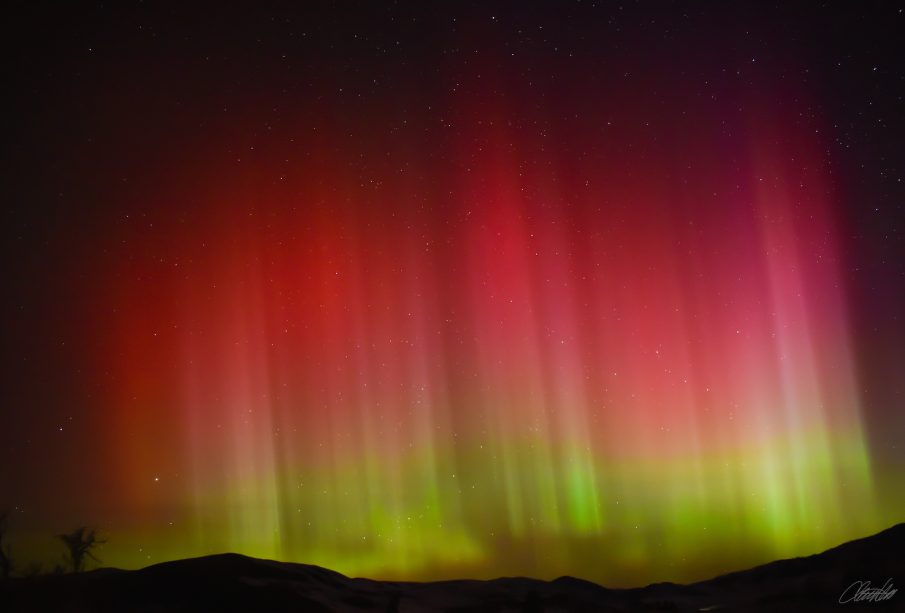Understanding the Northern Lights: A Guide to Auroras

Introduction
The Northern Lights, or Aurora Borealis, are captivating natural light displays primarily seen in the polar regions. This phenomenon is not only a spectacular visual experience but also a subject of scientific interest. With climate change and increased tourism, understanding the Northern Lights has never been more relevant.
What Causes the Northern Lights?
The Northern Lights are caused by charged particles from the sun colliding with gases in Earth’s atmosphere. This collision results in bursts of light that create beautiful green, pink, purple, and sometimes blue hues. Solar winds, which are streams of charged particles from the sun, play a crucial role in this process, particularly during solar storms. The interplay between geomagnetic activity and atmospheric conditions enhances the visibility of these stunning lights.
Recent Developments and Sightings
According to the latest data from the National Oceanic and Atmospheric Administration (NOAA), solar activity is expected to increase as we approach the peak of the current solar cycle in 2025. This uptick will likely result in more frequent and intense displays of the Northern Lights.
Recent reports have indicated remarkable sightings in regions such as Norway, Canada, and Alaska, where tourists flock to witness this natural wonder. In fact, communities around these locales have begun to create dedicated tours and experiences centred around viewing the auroras, contributing to local economies and raising awareness about this breathtaking occurrence.
The Importance of Experiencing the Northern Lights
Experiencing the Northern Lights can have personal and communal benefits. For many, witnessing an aurora is a transformative experience, connecting them to the natural world and providing a sense of wonder. Additionally, it fosters interest in atmospheric sciences and encourages environmental awareness as discussions around climate change become more prevalent.
Conclusion
The Northern Lights are not only a captivating spectacle but also a significant area of scientific study and ecological awareness. As solar activity increases, more opportunities to witness this magnificent phenomenon arise, driving interest and research in atmospheric sciences. For anyone considering a trip to the polar regions, viewing the Northern Lights may very well be a life-changing experience, underscoring the beauty and complexity of our planet.








